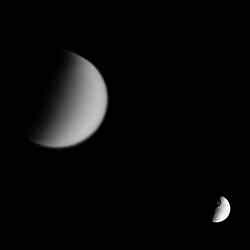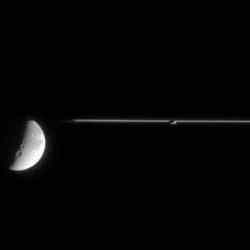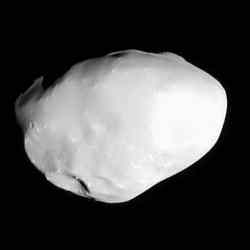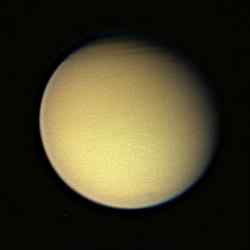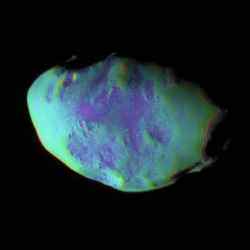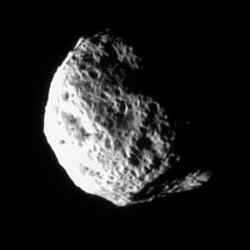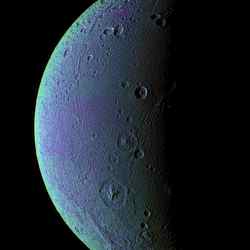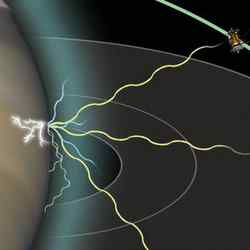
The strongest lightning storm ever been recorded was found at Saturn. Image credit: NASA/JPL/SSI Click to enlarge
Imagine an electrical storm larger than the continental United States in which the lightning bolts are more than 1,000 times stronger than conventional lightning, and you’ll have a good idea of the lightning storm — the strongest of its kind ever seen — that University of Iowa space scientists and their colleagues currently are tracking at Saturn with the Cassini spacecraft.
UI Professor Donald Gurnett, principal investigator for the Radio and Plasma Wave Science investigation (RPWS), along with UI researchers William Kurth and Georg Fischer, have been tracking the storm since Jan. 23.
“It is clear that this is the strongest lightning activity that we’ve seen yet with Cassini since it has arrived at Saturn. In fact, the flash rate even exceeds the rate observed by Voyager 1 back in 1980 and the intensities are at least as large, if not larger,” Gurnett says. “Since Cassini was over the night side of Saturn and in a difficult position to image clouds, amateur astronomers were asked if they had seen evidence of a storm cloud recently.”
He adds that within hours, two amateurs near Paris had posted a beautiful image of a white cloud at southern latitudes on Saturn that they had obtained early on Jan. 25, at a location consistent with the source of the lightning radio emissions being observed by Cassini. Cassini has now imaged the storm that RPWS and the Earth-based amateurs have seen.
Kurth notes that the Iowa-built RPWS instrument detects radio emissions the same way that a car radio picks up the crackle and pop of a summer thunderstorm on Earth.
“With Cassini we have learned that lightning storms can emerge suddenly and last for several weeks or even a month”, says Fischer, a UI postdoctoral research scholar. “On the other hand, we have only observed a single smaller lightning storm throughout 2005, which is remarkably different compared to what we know about terrestrial thunderstorms.”
RPWS team member and UI alumnus Michael Kaiser of NASA’s Goddard Space Flight Center, Greenbelt, Md., suggests that the storm has varied in intensity, but continued with some 25 episodes occurring since he first noticed the storm on Jan. 23.
The researchers say that the origin of such storms is unknown, but may be related to Saturn’s warm interior. Gurnett says that scientists hope to locate the storm with greater precision in the coming weeks when Cassini is scheduled to fly closer to the planet.
Gurnett’s RPWS team colleagues, in addition to Fischer, Kurth, and Kaiser, are Philippe Zarka and Alain Lecacheux of the Observatory of Paris, Meudon, France; and Bill Farrell of Goddard Space Flight Center, Greenbelt, Md.
The radio sounds of Saturn’s lightning can be heard by visiting the Space Audio Web site at: http://www-pw.physics.uiowa.edu/space-audio. More information about the Cassini Radio and Plasma Wave Science investigation can be found at http://cassini.physics.uiowa.edu/cassini/. A Podcast of this story and other Cassini mission information is available at http://saturn.jpl.nasa.gov and http://www.nasa.gov/cassini.
The Cassini mission is a cooperative project of NASA, the European Space Agency and the Italian Space Agency. The Jet Propulsion Laboratory, a division of the California Institute of Technology in Pasadena, Calif., manages the Cassini mission for NASA’s Science Mission Directorate, Washington, D.C. The Cassini orbiter was designed, developed and assembled at JPL.
Original Source: University of Iowa News Release
